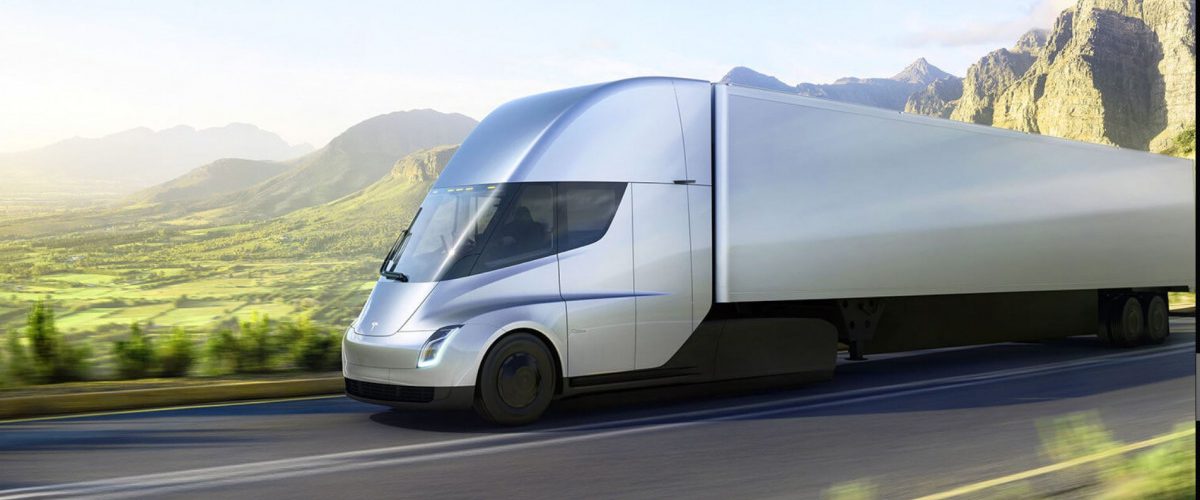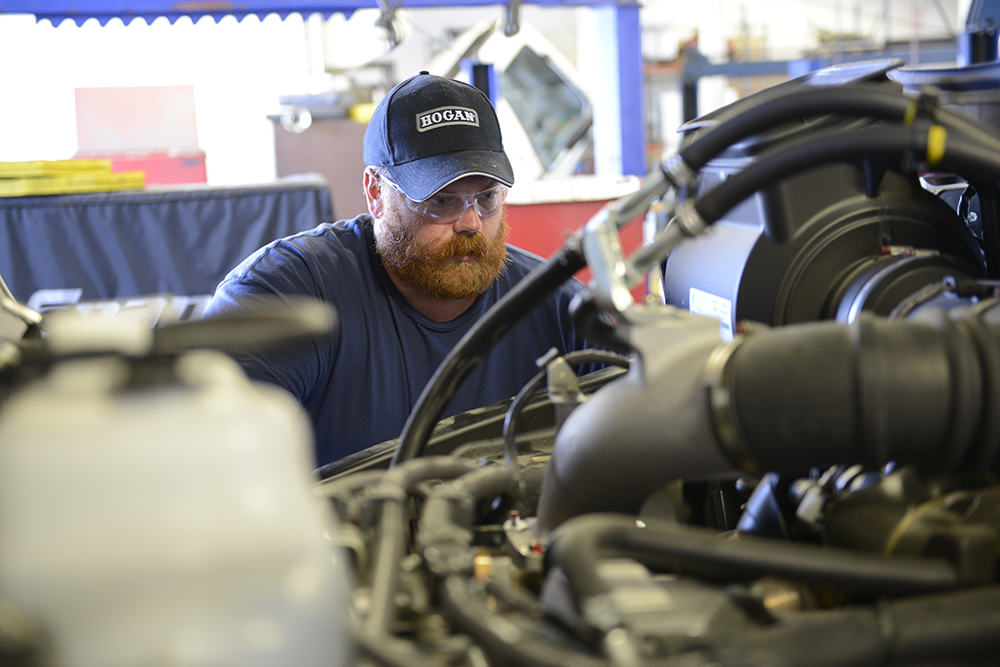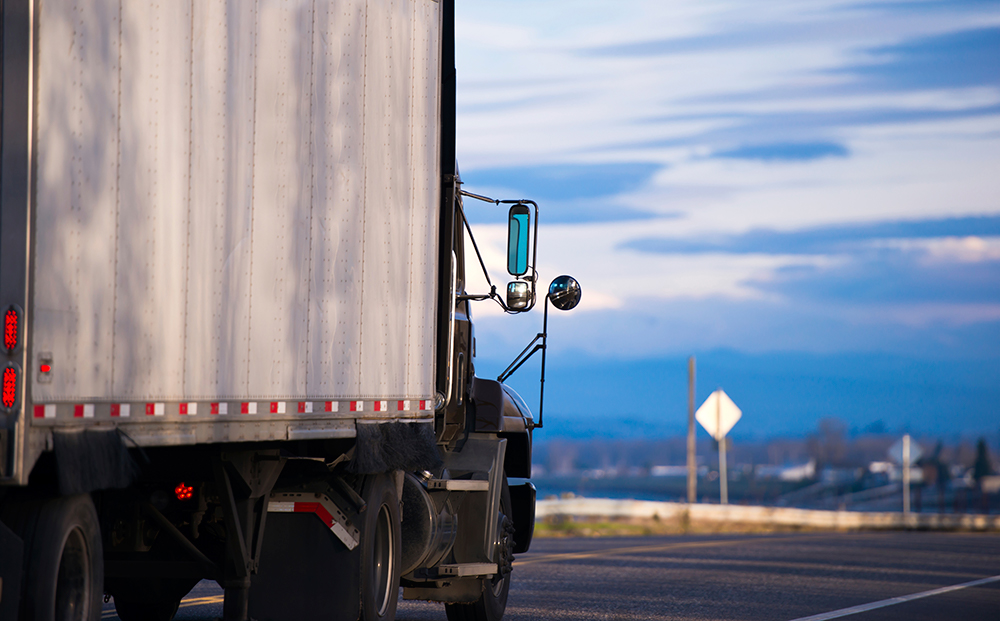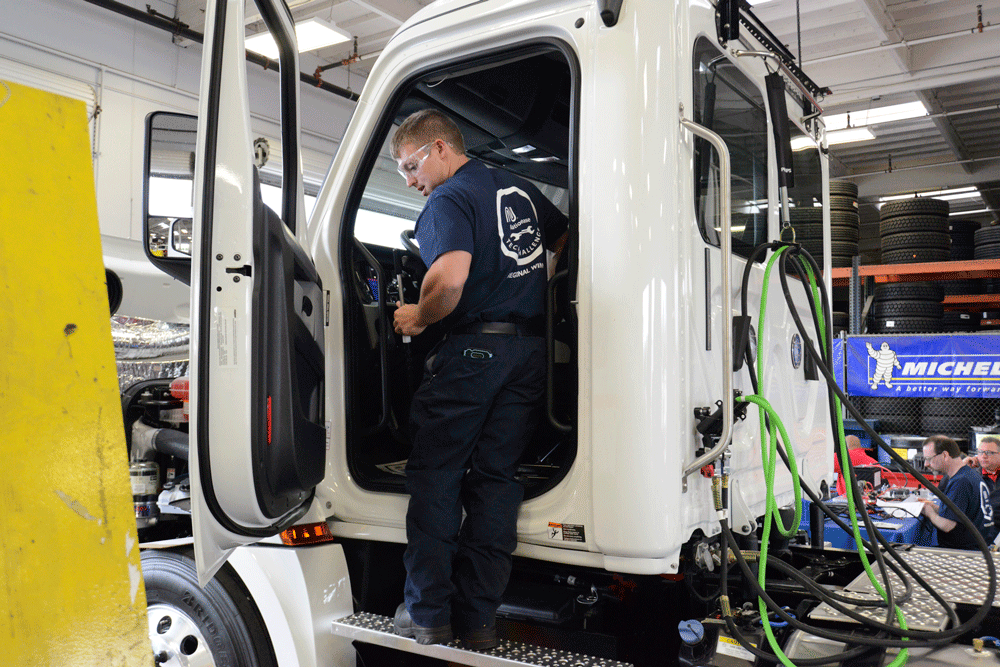My recent blog on the top issues facing fleets for 2023 and beyond noted that EVs were becoming an issue to be concerned about sooner than the industry had originally determined. At the current time, when it comes to EVs, fleets that operate more local delivery routes and/or smaller trucks are likely to be early adopters. However, once Tesla claimed to have electric battery trucks with a 500-mile radius, fleets with Class 7 and Class 8 trucks will be paying close attention to how these trucks actually perform. If they perform as promised, this could be a game-changer. And, as more OEMs produce these trucks, the prices should go down, putting those new technology trucks more on par with diesel vehicles.
The reality is the technology, cost, and allocations for EVs are going to get substantially better. That leads fleets to consider other issues, like maintenance, residual values, and charging strategies. Technicians with new skillsets will be needed and the ongoing shortage of qualified techs will have to be dealt with. However, when it comes to parts and components, EVs have fewer necessary components, which reduces inventory needs…that can be a savings to fleets.
The fact of the matter is, regardless of your fleet size and type, you need to start learning more about EVs and start understanding what is needed and how certain operations may have to adjust. The reality is when this happens, it’s going to take a huge investment and you’re not going to be able to simply flip the switch from diesel to EVs. You need to start preparing now.
Yet, the real issues, you have little control over
When it comes to the future of EVs for fleets, the biggest holdback is going to be infrastructure and how fast a truck can recharge. Right now, EVs aren’t contributing to electric grid overload. But what happens when this technology dominates the transportation industry; when hundreds, if not thousands, of trucks in a given geographic area need to recharge at any given time?
Imagine neighborhoods like the southwest side of Chicago, where companies like UPS, Amazon, Pepsi, Coca-Cola, and other major companies with fleets are all pulling off the same substation. With that much power needed, you can bet that utilities are going to have to upgrade their substations and charge peak rates. That means you need to think strategically about how and when to charge. If you have the charging capabilities onsite, do you need an extra shift to charge overnight? Or would early morning be your best choice? This will take some analyzing as well as working with your utility provider to find out what they think will work best. We are likely looking at five to six years down the road for this to really take off, so what are grids doing now to prepare?
What about when your trucks are on the road? Can your drivers just pull into a Pilot Flying J, run in for some coffee and a bite to eat and be ready to roll once they’re done, or is it going to take considerable time to recharge…and what will that do to HOS for the drivers? These are the issues that companies, fleets, and utilities should be considering now, before the transition really takes off.
The right partner can help here
The largest fleets may be able to do this on their own, but should they? We’re not just talking about purchasing new assets; we’re also talking about the capital needed to reconfigure shops, to develop charging strategies, to handle training. This is why leasing vs. purchasing should be a top consideration. You should be working with a company that has the wherewithal to make the necessary investments in assets and can lease them back to you at a manageable cost, a company that has focused on training technicians to handle this new technology, and a company that understands the greater need for analytics and strategies than at any other time. Right now, the movement is limited to specific classes, but that won’t always be the case.
NationaLease has taken a very proactive role in preparing for the transition. The aggregated buying power of our members will enable us to be in a powerful position when it comes to allocations of EVs in all classes. And we’ll work with our customers to ensure that they understand when, where, and how to best power their assets for the greatest productivity. Our goal is to help our customers be ready for this technological revolution that’s going to be taking place over the next ten years. If you think that sounds like a long way off, in truck life that’s actually your next three trucks. You still have some time to act but thinking and preparations should be considered now.
I will be speaking at the February ACT Research Seminar 68, where the theme is Driving Decarbonization: The Future of Commercial Vehicles, which will, among other points, address the issues above. I hope to see you there.




